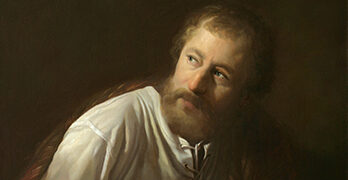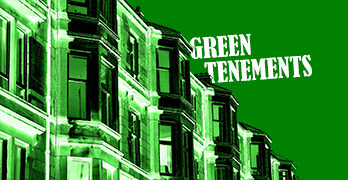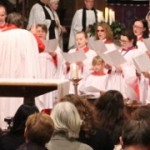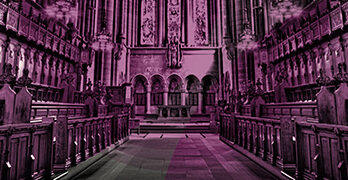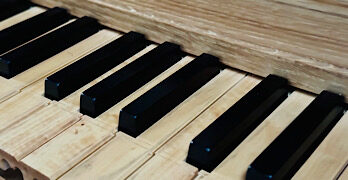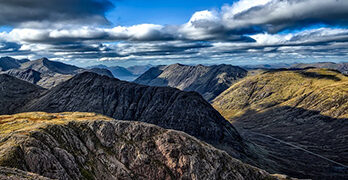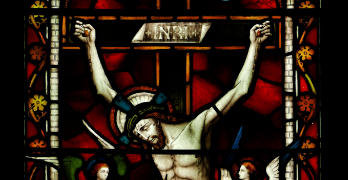Access the livestream here.
Churches that use a lectionary read from a Gospel account every Sunday—that Gospel changes yearly. In the next cycle (set to begin on Advent Sunday), the Gospel moves from Luke, which the Church has used this year, to Matthew. On Sunday 13 November at 12:30 pm, the Rev Canon Professor John Riches, emeritus professor of Divinity and Biblical Criticism at the University of Glasgow, offers an introduction to the Gospel according to Matthew. John examines the literary framework of this writing and seeks to set it in a historical context. In this accessible one-hour presentation, John looks at who Matthew thought Jesus was, how Matthew described the Church and disciples, and what readers might make of all the ‘fire and brimstone’ in this version of the story of Jesus. Examine the ancient text that shapes the next liturgical year.

